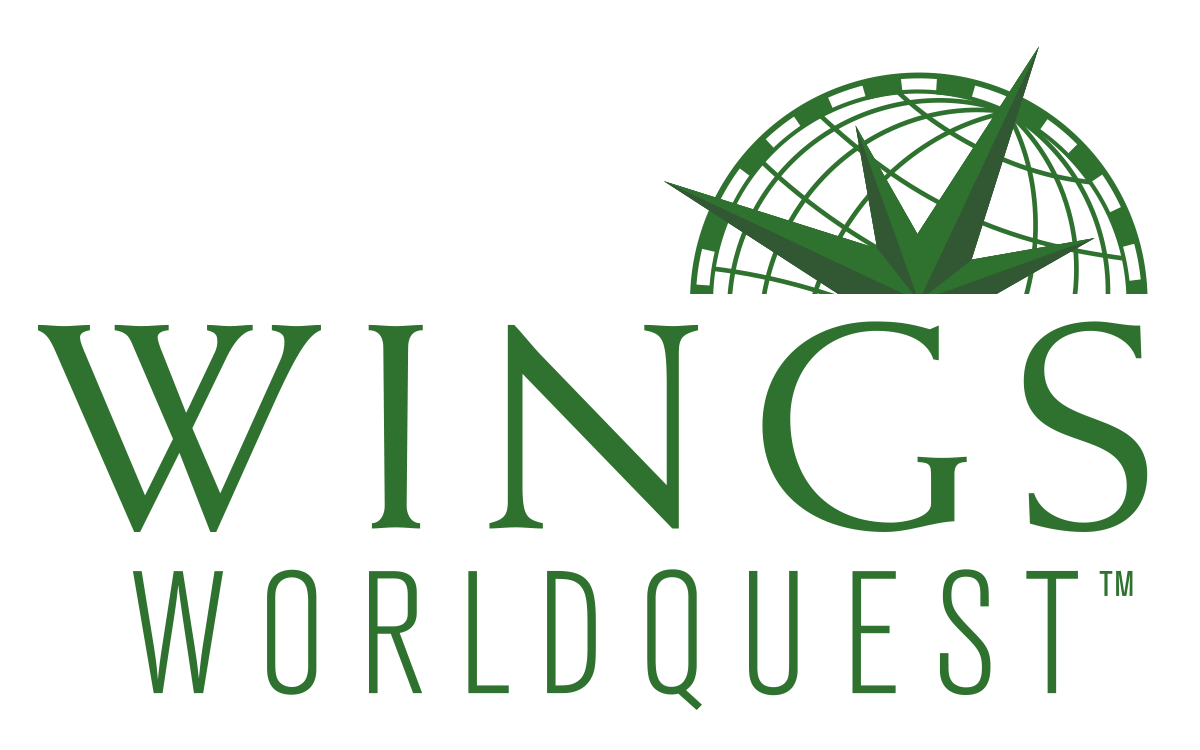Women of Discovery: Q&A With Eleanor Sterling
WINGS WorldQuest will induct five new groundbreaking women as Fellows during the 2018 Women of Discovery Awards. Leading up to our April 25 Awards Luncheon, we are highlighting the work of each of our new Fellows. Dr. Eleanor Sterling is the Jaffe Chief Conservation Scientist at the Center for Biodiversity and Conservation at the American Museum of Natural History. She has interdisciplinary training in biological and social sciences and has over 30 years of field research and community outreach experience with direct application to biodiversity conservation in Africa, Asia, Latin America, and Oceania. She will receive our Humanity Award. Read the rest of the series here.
WINGS WORLDQUEST: Tell us your story. How did you get involved in science and in your field specifically?
ES: I became interested in the behavior of animals and in science more generally because of some wonderful teachers I had from grade school through college. One pivotal moment came in college when I was focused on majoring in foreign languages and comparative linguistics, and I realized that I had to take a science class in order to fulfill a requirement. A friend suggested I attend a physical anthropology class, and I was so taken with the professor, Dr. Alison Richard, and the work she did that I changed my major and ultimately went to graduate school to study with Dr. Richard. I had not seriously considered a career in science prior to that class. Dr. Richard also steered me towards working in a museum, where I am able to not only engage in challenging scientific research, but also in translating the results of that work into conservation action.
WWQ: What is something you would like people to understand about your field and your work?
ES: I work in interdisciplinary arenas where effective communication is fundamentally important. It is extremely difficult to figure out how and when to tackle the complex problems we face in maintaining the earth’s biological and cultural diversity. There are very few instances where there is one “right” answer to the problems we are facing. It can be challenging to sort through the possible answers and determine which is the strongest choice within a particular context, and then step even further back to ensure you have identified the right context. I ask myself, not just “am I doing something right” but “am I doing the right thing?” I try to ask, “am I doing everything I can to make the greatest impact in sustaining earth’s biological and cultural diversity?”
WWQ: What are the greatest barriers to having more women work in science?
ES: One significant barrier is society’s ideal vision for who is a scientist. In my generation and before, when people heard the word “scientist,” they would immediately think of a white man in a lab coat. These kinds of unconscious bias can be particularly acute with women for whom multiple factors, such as race, class, ethnicity, religion, sexual orientation and disability status, combine to increase the likelihood of discrimination. We need to continue to do a better job of teaching young people that scientists come from a variety of backgrounds and to raise the voices of everyone who contributes to furthering science. As part of the Women in Natural Sciences Chapter of The Association for Women in the Sciences, my colleagues and I are starting a project to highlight Untold Stories in Conservation and Natural History so more people can see how to engage and envision themselves as contributors in these fields. In addition, I think funding is another major barrier that we can address. It is imperative to find ways to support underrepresented individuals throughout their entire careers, from early inspiration to pursue science as a career all the way through to when these individuals become experienced role models for others.
WWQ: What gets you up in the morning?
ES: I love my work and am passionate about the mission of achieving human well-being and environmental sustainability. I feel strongly that people are a part of nature and that we have to find solutions that are beneficial for both humans and their environment. I love to learn and take on new challenges. I also value the people with whom I work, who are a continued source of learning and inspiration. Oh, and also the prospect of excellent ice cream and of making time for quilting or sewing toys also gets me up in the morning.
WWQ: What's your next challenge?
ES: Much of my conservation work to date has focused on making a difference at the local or regional scale. However, I am engaging more and more with global scale organizations as the activities at this level can have a significant impact at the local scale. My team and I are working to help develop ways of measuring well-being that encompass the links between biological and cultural diversity and that allow global structures to better recognize the importance of local knowledge and values.

